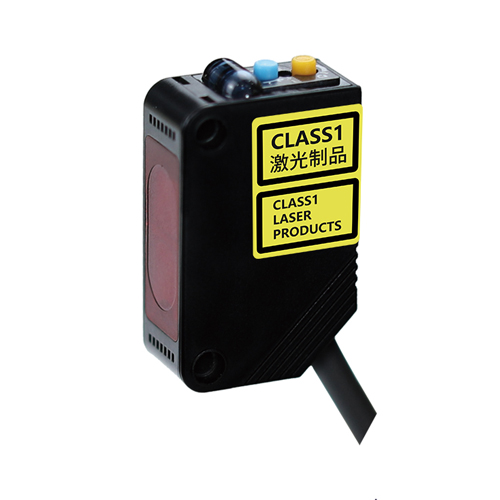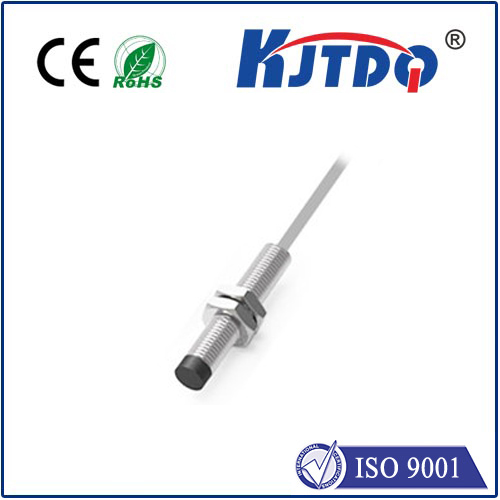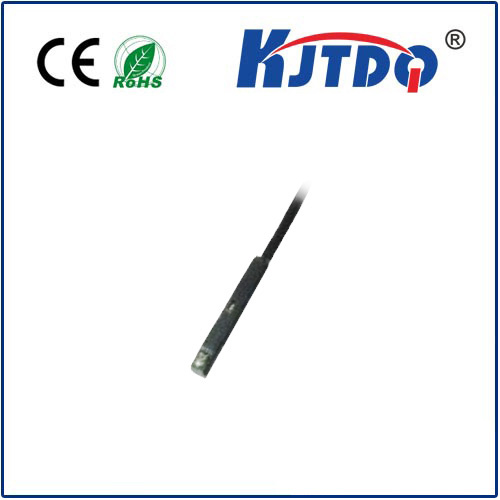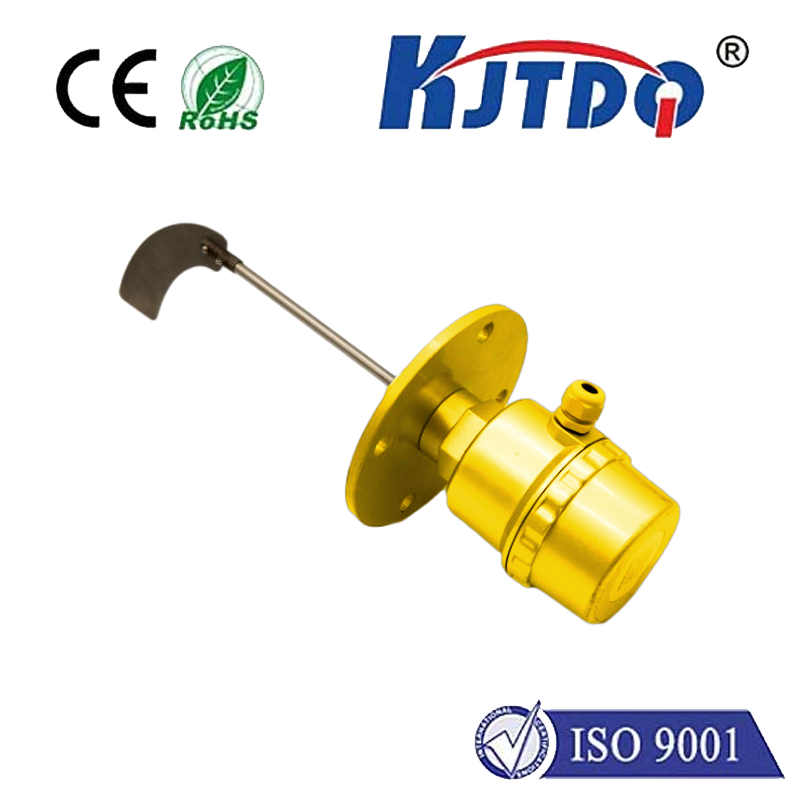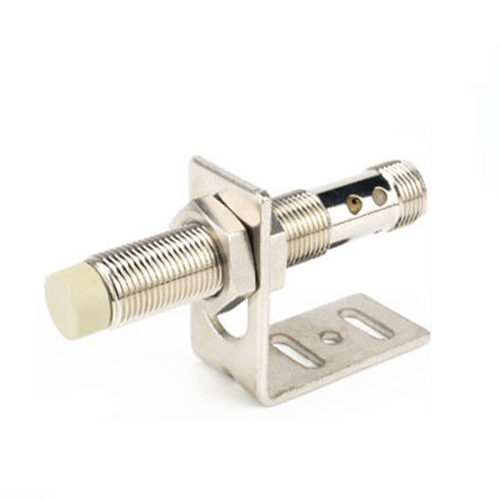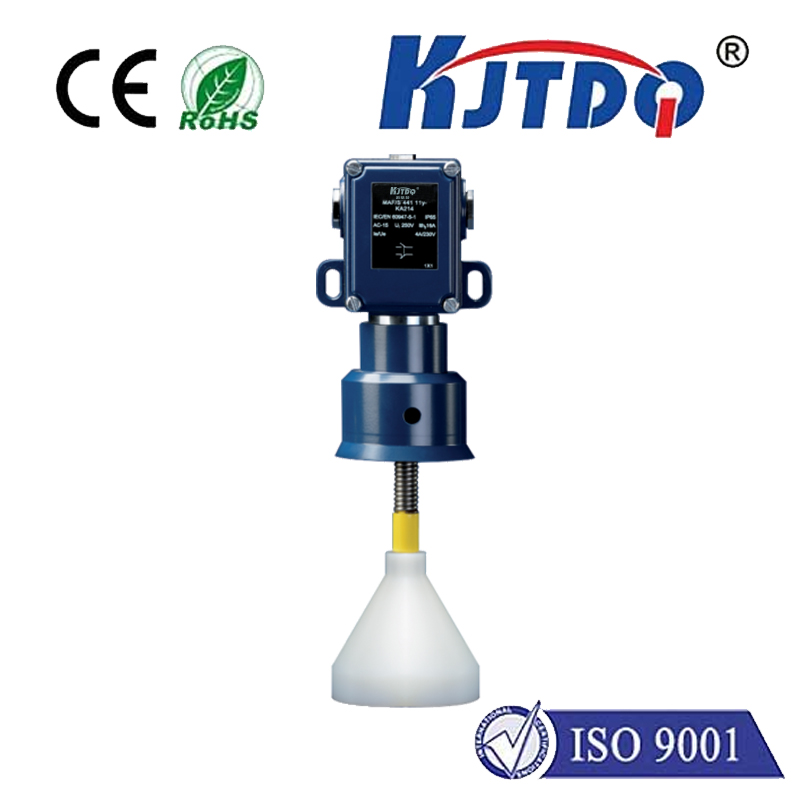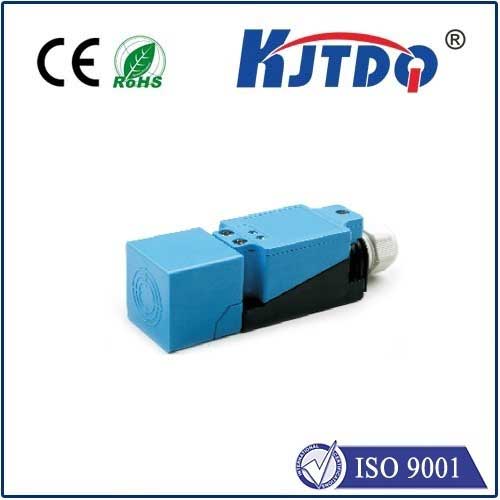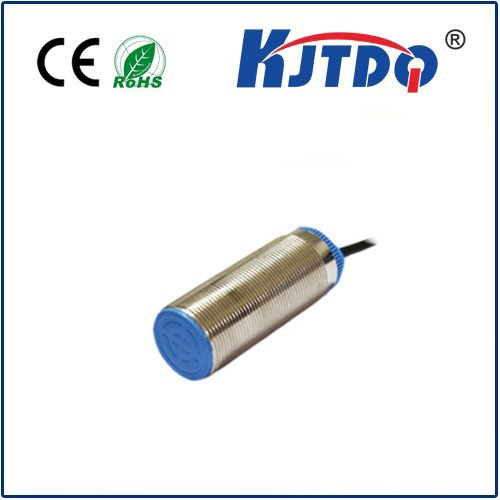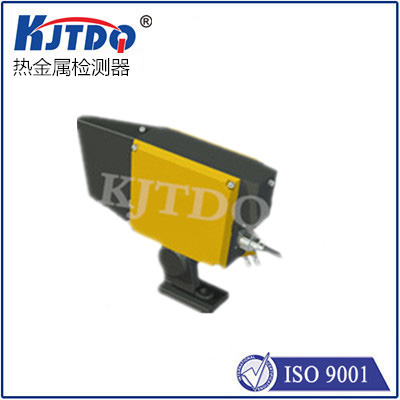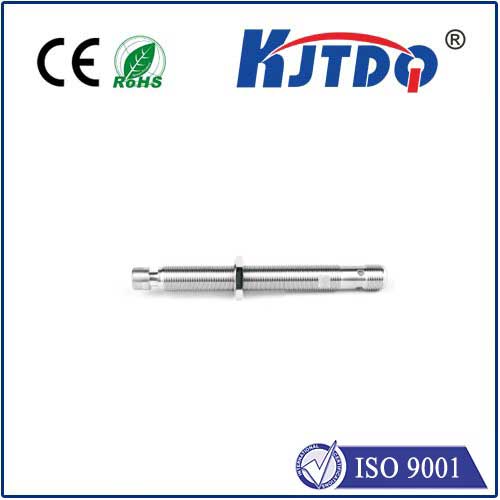BES02H4 high pressure proximity sensor
- time:2025-10-02 00:10:19
- Click:0
BES02H4 High Pressure Proximity Sensor: Unwavering Detection in Demanding Environments
Imagine machinery operating under relentless pressure—hydraulic presses molding steel, injection systems forging plastics, or massive construction equipment maneuvering heavy loads. In these punishing environments, reliable component monitoring isn’t just convenient; it’s critical for preventing catastrophic failure and ensuring operational continuity. Traditional sensors often falter where extreme force and environmental hazards converge. This is precisely where the BES02H4 High Pressure Proximity Sensor shines, engineered to provide unwavering, precise non-contact detection where others simply cannot endure.
Defying Pressure: The Core Mission of the BES02H4
Unlike standard inductive proximity sensors, crafted for relatively benign conditions, the high pressure proximity sensor BES02H4 is purpose-built for survival and accuracy within systems subjected to significant mechanical stress and fluid power. Its fundamental role remains detecting the presence or absence of metallic targets without physical contact. However, its distinction lies in its robust construction and specialized sealing, enabling it to function reliably directly within high-pressure hydraulic circuits, pneumatic lines, or enclosures experiencing intense compressive loads.
Unlocking the Power of Electromagnetic Fields: How It Operates

At its heart, the BES02H4 leverages the principle of eddy currents. Here’s a simplified breakdown:
- Oscillator & Coil: An internal oscillator generates a high-frequency electromagnetic field emanating from the sensor’s active face.
- Target Interaction: When a conductive metal target enters this field, it induces swirling electrical currents (eddy currents) within the target material.
- Field Dampening: These eddy currents create their own opposing magnetic field, effectively dampening the strength of the sensor’s original oscillating field.
- Signal Detection & Processing: Internal circuitry continuously monitors this amplitude shift. Once the dampening reaches a pre-defined threshold (indicating the target is within the rated switching distance), the sensor triggers an output state change—typically switching a solid-state output (PNP or NPN transistor).
- Maintaining Signal Integrity: Critically, this sophisticated non-contact sensing mechanism is encapsulated within a housing engineered to withstand immense external pressure without compromising the sensitive electronics or the critical seal integrity.
Where Resilience is Non-Negotiable: Key Applications
The BES02H4 high pressure proximity sensor finds its indispensable niche in sectors demanding ironclad reliability under duress:
- Hydraulic Powerhouses: Monitoring cylinder end positions, valve spool detection, confirming clamping unit closure in injection molding machines, and verifying the position of actuators within presses – all within high-pressure oil environments.
- Pneumatic Systems: Position feedback for cylinders operating in high-pressure air or gas systems, especially critical in automated manufacturing and process control.
- Heavy Machinery: Detecting bucket or arm positions on excavators, loader movements, and component status on agricultural or mining equipment exposed to vibration and shock.
- Industrial Automation: Safeguarding processes involving presses, stamping machines, die casting, and anywhere tooling position verification is vital under significant force.
- Test Benches & Rig Monitoring: Providing reliable feedback in high-pressure testing environments for components like valves, pumps, and pipelines.
The BES02H4 Advantage: Engineered for the Extreme
What separates the BES02H4 from conventional proximity sensors? Its design addresses the unique challenges of high-pressure zones head-on:
- Exceptional Pressure Rating: Engineered housings and specialized sealing technologies allow the BES02H4 to operate continuously and reliably within environments exerting extreme compressive forces, far exceeding the capabilities of standard models.
- Robust Environmental Protection: Featuring ratings like IP67 (or potentially higher, depending on variant), the sensor is shielded against the ingress of dust, oil, coolants, and powerful water jets – common adversaries in industrial settings.
- Superior Vibration & Shock Resistance: Critical for mobile machinery and heavy industrial applications, its robust construction ensures stable operation despite constant jolts and shakes.
- Extended Temperature Range: Capable of functioning reliably across a broad spectrum, often from -25°C to +85°C, ensuring performance in hot hydraulic reservoirs or cold outdoor installations.
- Long Operational Life: The non-contact nature inherently eliminates mechanical wear from switching actions, coupled with ruggedized components, translating to significantly reduced maintenance needs and lower total cost of ownership over time.
- High Switching Frequency & Precision: Despite its ruggedness, it delivers fast response times and precise detection, essential for accurate control in dynamic automated processes.
Selecting the Right Tool: Key Considerations
Integrating a high pressure proximity sensor effectively requires careful matching to the application:
- Required Pressure Rating: Precisely determine the maximum static pressure the sensor will be exposed to and select a BES02H4 variant exceeding this value with a safety margin.
- Switching Distance (Sn): Choose the appropriate nominal sensing range for the target size and required mounting distance.
- Electrical Requirements: Confirm the required supply voltage (e.g., 10-30V DC) and output configuration (PNP/NPN, NO/NC) aligns with the control system.
- Housing Material & Thread: Stainless steel is common for corrosion resistance; verify thread size (e.g., M12, M18, M30) and type (metric) match the mounting point.
- Temperature Range & Media Compatibility: Ensure the sensor can withstand the ambient temperature and is compatible with any fluids (oil, coolant) it might contact.
- Connection Type: Decide between pre-wired cables or connectors (e.g., M12) based on installation convenience and service needs.
Investing in Uncompromised Reliability
In environments where failure is not an option, component selection defines operational success and safety. The BES02H4 High Pressure Proximity Sensor transcends the role of a simple switch. It represents a commitment to resilience and dependability. By delivering precise, non-contact position feedback directly within the heart of high-pressure systems, it empowers engineers to build machinery that performs consistently, minimizes costly unplanned downtime, and enhances safety protocols. When pressures mount, the BES02H4 proximity sensor stands as a vigilant sentinel.






